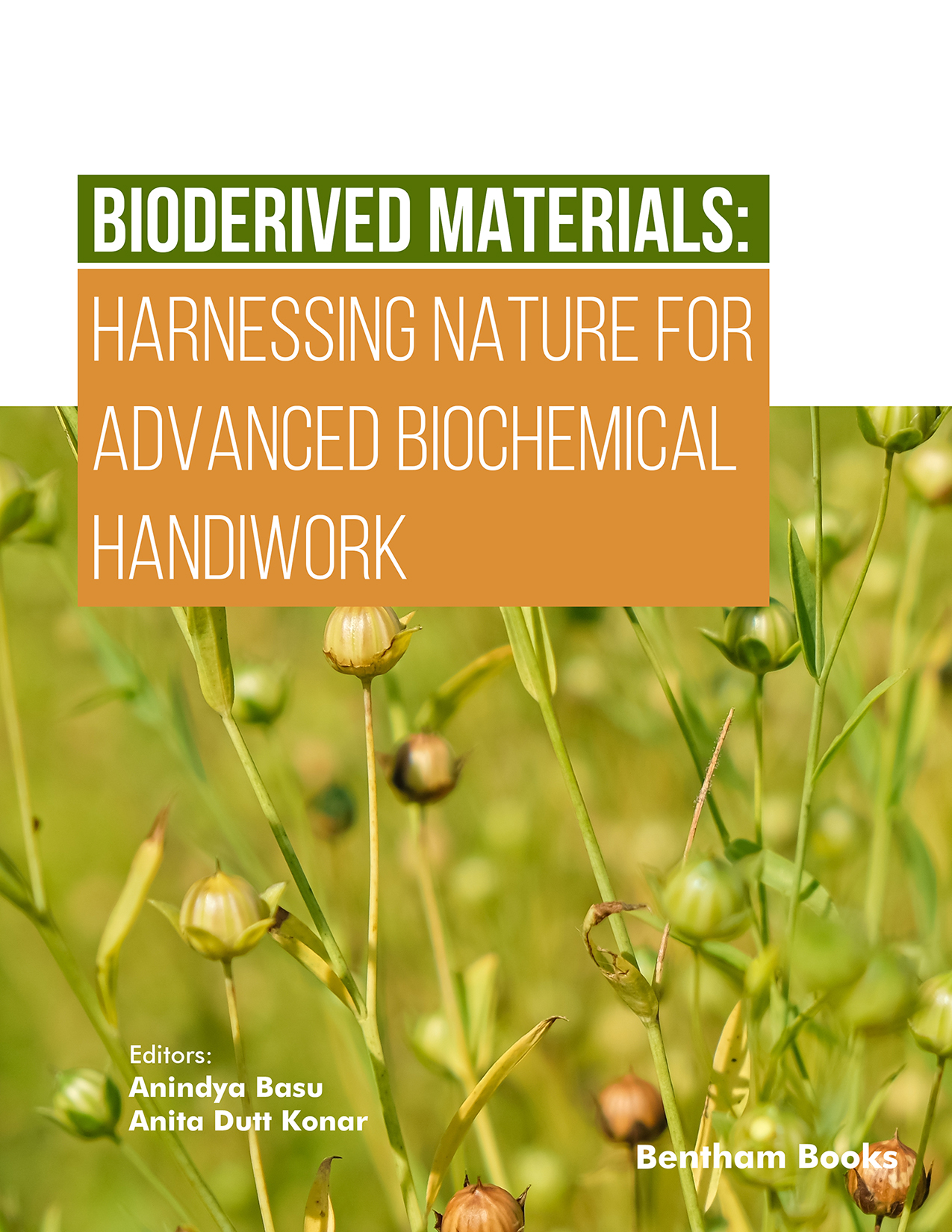Introduction
Naturally-derived biomaterials invite immense interest from diverse segments of science and engineering. Recent decades have witnessed a leap in knowledge and efforts in ongoing research with biomaterials as synthons, yet biomaterial research never fails to create surprises. This book summarizes modern knowledge of bioderived materials for beginners in research and advanced readers in materials science.
The book lays the foundations of understanding the design and development of mimetic peptides and enzyme mimetic bioinorganic catalysts, including the toolsets used in the process. Next, the book demonstrates different approaches for obtaining task-specific designer hydrogels. Additional topics covered in the book are tissue engineering and regenerative medicine. From this point, the book presents information on complex biomaterials systems: bacterial cellulose, cell membrane architecture for nanocomposite material design, and whole cellular microorganisms. Chapters provide applied knowledge with information on the strategies used to design novel biomaterials for applications such as drug delivery, therapy and controlled chemical synthesis.
In summary, this book brings together a wealth of information on bioderived materials with versatile applications, derived from different sources, such as plant derivatives and microorganisms (in part or whole as synthons), benefitting readers from multidisciplinary backgrounds.
Readership:
Graduate students in materials science and biotechnology, industry professionals and early career researchers.

